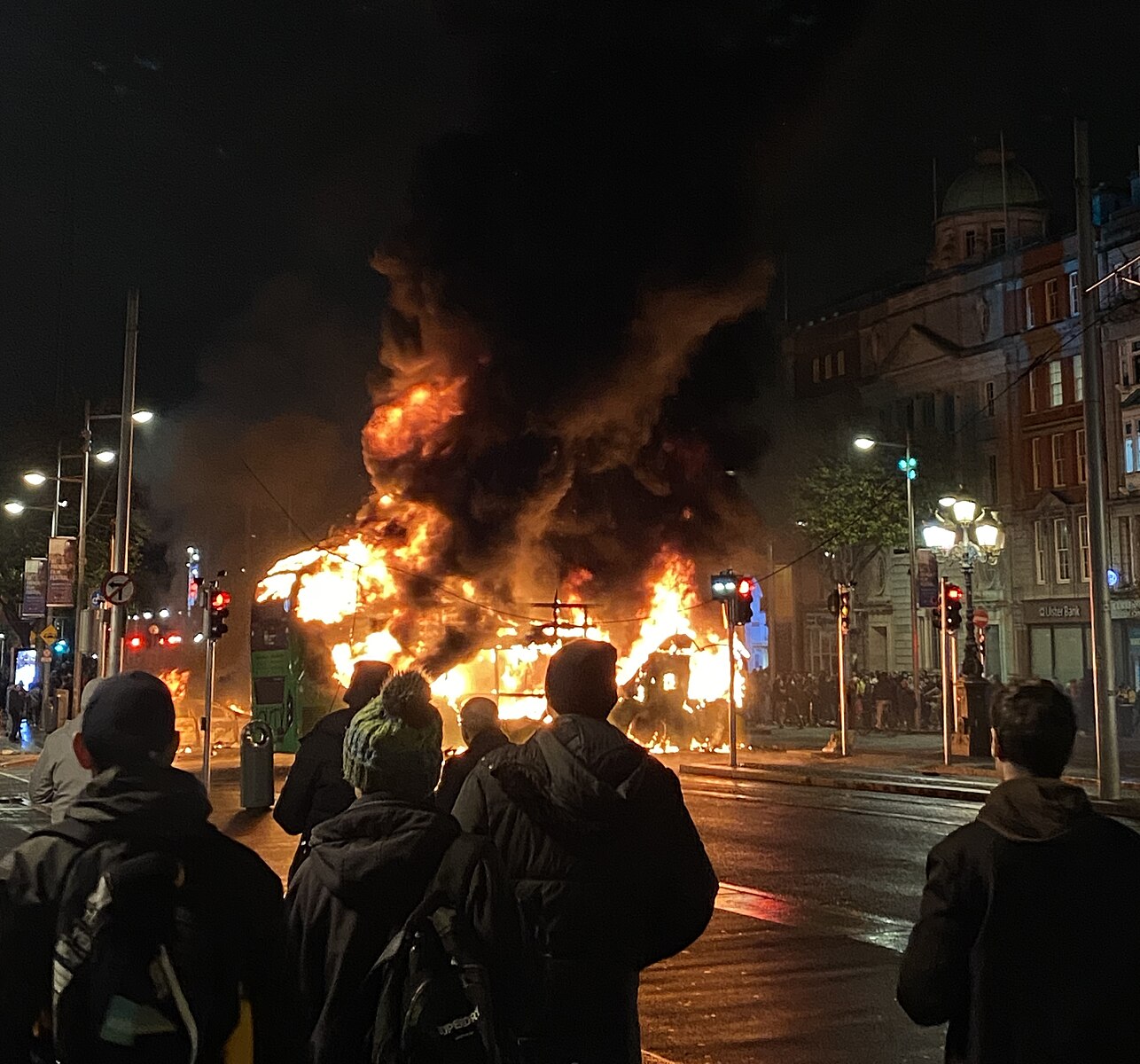In November 2023, riots broke out in Dublin after three children and a care assistant were stabbed outside a primary school. These riots saw many shops damaged and looted and vehicles set on fire, as well as flares, fireworks and other types of missiles directed at police officers. Fuelling the anger were unconfirmed reports suggesting that the attacker was an immigrant. A month later, a hotel that had been intended to house asylum seekers was destroyed due to a fire in Rosslare, Co. Galway. While the Gardai (i.e. the national police force of Ireland) investigates this as a criminal attack, protests have erupted, signalling public opposition to government plans to house asylum seekers in hotels.
The principles of welcomeness and migration have historically been ingrained into the Irish psyche, with the patron saint of Ireland, Saint Patrick, originally born in Britain before migrating to Ireland. However, protests and riots across Ireland in the past few months have shown that these principles are not unanimous sentiments.
Why has migration become an issue in Ireland?
Ireland has seen a significant uptick in migration recently. Immigration has risen by 32%, amounting to over 140,000 between April 2022 and 2023. Since Russia invaded Ukraine in February 2022, over 100,000 Ukrainians have moved to Ireland. Asylum applications reached record-high levels in November 2023, with many arriving from Ukraine under the EU’s temporary Protection Directive. This was initially activated by the European Council in 2022, providing Ukrainians fleeing from the war with immediate and temporary protection. Ireland currently has the highest inflow of Ukrainian refugees per capita out of any country in Western Europe.
Similar to many other European countries, Ireland has been housing refugees and asylum seekers in hotels. A government spokesperson stated at the end of 2023 that the government was accommodating over 100,000 refugees and asylum seekers in these temporary facilities, with over 70% of them coming from Ukraine. The government has resorted to contracting private hotels, or outright purchasing facilities in some cases, to accommodate this demand. Minister for Integration Roderic O’Gorman stated that the government had purchased 37 properties to house international protection applicants.
Image: Cityswift – Ireland (Distributed via CC BY 2.0)
Alongside this, the government had previously provided a weekly allowance of €220 (£188) to asylum seekers. In December this was reduced to just €38.80 (£33) per week while in state accommodation, applicable for 90 days. Asylum seekers and refugees receive the full €220 amount only after moving out of state-provided accommodation; these new amounts have been applied to new asylum seekers since January 2024.
However, the Irish government’s ability to provide even this has been constrained. Due to capacity concerns on the existing accommodation, some asylum seekers have had to stay in tents and sleeping bags since December 2023, and the government has confirmed that those in such a position would receive a higher €113.50 (£97) weekly amount. There has been concern across the political spectrum on this issue, with Deputy Prime Minister Micheál Martin stating that he was “very concerned”, and that the government needs to ensure it can meet legal and international obligations regarding asylum seekers.
Why is there a backlash?
Much of the backlash to the influx of migration is due to its interaction with the current housing crisis in Ireland. House prices have risen 130% since early 2013, and the median property price is currently €300,000, with prices rising 10% nationwide annually. There has also been a significant decline in the “stock available to rent”, with only 35,000 homes available to rent nationwide as of July 2023. This shortage and rise in prices and rents have hit young people the hardest, with the number of homeowners aged between 25 and 34 dropping from 60% to 27% between 2013 and 2023.
The housing crisis in Ireland as well, as the coverage of the government housing asylum seekers in hotels across the country, have led to the emergence of a significant anti-immigration movement: protestors claim that “Ireland is full”. A report by an Irish Parliamentary committee in November outlined the linkage of the two issues, stating that it “creates an impression of resource scarcity” and complements “racist and far-right narratives”.
How could this affect upcoming elections?
Bucking the trend of many European countries, Ireland has historically never had a major party built on far-right or anti-immigrant ideas. However, recent polling shows that 59% of voters are in favour of a more closed-border policy on migration, with 37% of voters believing that migration is the most important issue to address in the European Parliament elections (taking place in June this year). Currently, there are no anti-immigration or right-wing parties with local or national representation in Ireland, but with the current salience of the issue of migration and voter demand for a change in the government’s stance, this has the potential to change.
European Parliament elections in June will be followed by national elections to the Dáil, the main chamber of Ireland’s legislature, at some point before March 2025. Currently, Sinn Féin (a left-wing nationalist party) is leading most opinion polls by a considerable margin to the current parties in coalition: Fine Gael and Fianna Fáil, who have dominated Irish politics for the past century. If they translate these polling leads to electoral results, it could be the first time in recent history that neither of the two main parties will become part of the government.
Image: Houses of the Oireachtas (Distributed via CC BY 2.0)
Conclusion
Fine Gael and Fianna Fáil are currently facing pressure from both Sinn Fein on the left and from anti-immigrant figures on the right, so positioning their policy in a way that resonates with voters could be key to helping them stay in power in the next election. Indeed, they have tried to do this to some extent recently: the current general message of the government is exemplified by former Taoiseach (Prime Minister) Leo Varadkar, who said that “while there is no limit on the compassion of the Irish Government and the Irish People, there is a limit to our capacity and we are very much at that”, emphasising the government’s view of pragmatism in their migration policy, given the current housing shortages and other issues in Ireland.
by Sean Moran
Cover Image: 2023 Dublin Riots – Bus Burning by CanalEnthusiast (distributed via CC BY-SA 4.0)








